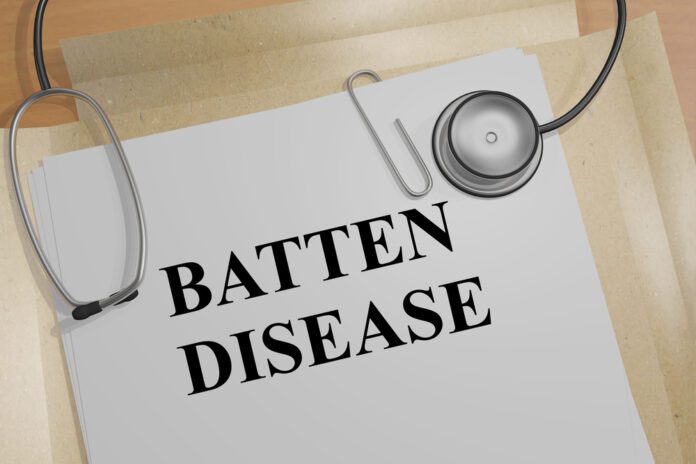Overview Of Batten Disease
Batten disease refers to any form of neuronal ceroid lipofuscinosis (NCL), though at one time it only referred to juvenile-onset NCL. It’s certainly much easier to remember the name of! NCLs belong to a broader category called lysosomal storage disorders. This is an inherited disease, rare, and inevitably fatal. The Batten variants share most of the same signs and symptoms, though they have different ages of onset, and severity levels. Mutations in different genes cause the variant forms.
Causes Of Batten Disease
Batten disease affects the function of wee structures within cells called lysosomes. These are the “recycle bins” of the cell, working to break down waste, proteins, and naturally occurring fatty compounds called lipids into smaller components. These smaller components are then recycled, or discarded out of the cell. Lipids include oils, waxes, fatty acids, and sterols.
Each gene affected by a variant of Batten disease provides information for a specific protein, though all deal with lysosomal functioning.
These proteins are vital for efficient functioning of cells. Without them working properly, detritus material begins building up in the lysosomes. Along with this comes a buildup of lipofuscin, a by-product of the lysosomes’ breaking down lipids. At present it is unknown if lipofuscin itself is dangerous, or the buildup merely an indicator of impaired lysome functioning.
Symptoms
Most Batten disease variants begin in childhood. However, it is not uncommon for afflicted children to develop normally for a time before showing symptoms. Indeed, they can appear quite healthy. However, children with an infancy variant will usually begin showing symptoms before the age of 1.
Symptoms common across variants of Batten diseaase include vision loss, seizures, delay in skills acquisition, loss of skills already acquired, dementia, erratic movements, personality and behaviour changes, clumsiness, difficulty concentrating, anxiety, and insomnia. As the disease progresses, those afflicted become increasingly blind, wheelchair-bound and bedridden. Cognitive and intellectual functions begin decreasing, leading to the patient losing the ability to communicate.
Those with most variations of Batten have a greatly diminished life expectancy, and often do not live past their late teens/ early twenties. Infancy variations tend to be terminal in childhood. However, when Batten develops in adulthood, the outlook is much more promising. Symptoms tend towards the mild side, and life expectancy might not be affected so much.
Treatment Of Batten Disease
At present, there is no cure for Batten, although in 2017 an enzyme replacement therapy for variant CLN2 has been approved by the U.S. Food and Drug Administration. This treatment, cerliponase alfa (Brineura®) has been shown to slow or halt the progression of symptoms. There are no treatments that can slow or stop disease progression for other NCL disorders, and none that can reverse the damage.
Maintenance medicines can treat or alleviate individual symptoms, such as seizures, muscle stiffness, depression, anxiety, and ‘parkinsonism’. This latter refers to stiffness, difficulty doing tasks, and erratic movement seen in Parkinson’s patients. Occupational and physical therapy can help Batten patients retain function for as long as possible, and support groups can benefit adults, families, and those afflicted, because sometimes it helps to just feel like you aren’t alone in this. You can share common concerns, experiences, and gain tools and skills to help cope with the disease progression.



